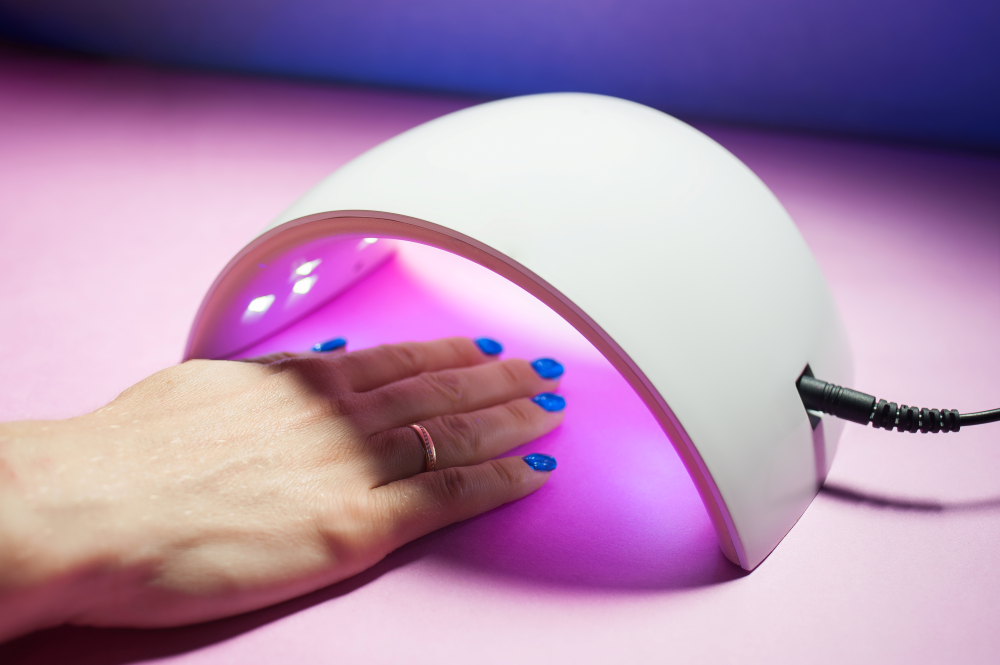Read Full Article HereMany salons in Europe will have to change their offerings fordurable manicures and pedicures as a ban on some gel nail polish takes effect. As of Sept. 1, a key chemical ingredient that makes gel-polish manicures harden and last for weeks can no longer be used in the European Union’s 27 member countries. The ingredient, trimethylbenzoyl diphenylphosphine oxide, also knownas TPO, acts as an “artificial nail builder” after a person’s polished nails are held under a light in the salon.
Unpronounceable chemistry aside, the hardened, glassy seal formed by polishes containing TPO allows a gel manicure to stay in tact for longer than a traditional treatment, making it an attractive service.
TPO is a photoinitiator, which means, when present in gel nail polish, it hardens rapidly and cures by absorbing UV or LED light. While it can also be used in other products such as inks and adhesives, it is widely valued in gel nail polish because of its low-yellowing properties and broad UV-absorption qualities.
On May 12, the European Commission amended its regulations to say that TPO had been determined to be specifically toxic for human reproduction and that it “should no longer be allowed in cosmetic products” and instead added to the list of prohibited substances.
Studies have not established a link between TPO and health risks in humans, although consuming high doses has been linked to problems with fertility and development in rodents.
It’s unlikely to be banned in the U.S. and research has been limited.
Most research linking TPO to health harms has been conducted in rats, with high oral doses linked to reduced fertility, testicular problems, fetal abnormalities and potential liver and kidney injuries. While research in rodents often doesn’t translate to humans, one study did suggest that TPO was toxic to human cells. Still, the levels these scientists tested were much higher than what you would get in the nail salon, and it’s not clear whether TPO applied to your nails would even be absorbed into your body, said Dr. Jacqueline Watchmaker, a cosmetic dermatologist at U.S. Dermatology Partners in Arizona.
Why the E.U. Is Banning Some Gel Nail Polish
September 3, 2025







